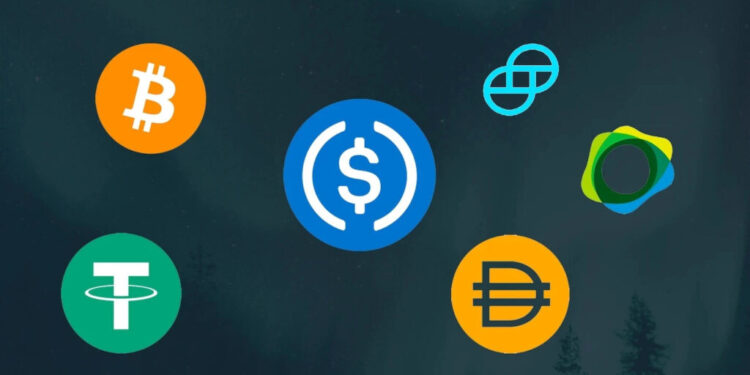Dubai, United Arab Emirates – 2024 is proving to be a landmark year for stablecoins in the UAE. Through the first half of the year, the value of stablecoins received by services (particularly CEX and DEX) in the country totaled over US$9.8 billion, a 55 percent spike over the US$6.3 billion received over H1 2023. Consequently, stablecoins now account for the largest share of crypto activity in the UAE (51 percent), which stands significantly higher than both Bitcoin (19 percent) and Ether (9 percent), which are typically considered to be the most recognised and popular cryptocurrencies.
“Stablecoins have already done impressively well through the first half of the year. And with the Central Bank of the UAE (CBUAE) releasing its Payment Token Services Regulation, which clarifies the rules for issuing, custodying and converting payment tokens in UAE, this would potentially pave the way for broader participation and innovation,” said Arushi Goel, Head of Middle East & Africa Policy at Chainalysis.
Interestingly, retail-sized transfers (US$10K and below) accounted for a meager 6 percent of the value received, while professional-sized (US$10k to US$ 1 million), institutional-sized (US$1mn to US$10mn) and large institutional-sized (US$10mn and above) accounted for 40 percent, 34 percent, and 20 percent respectively. It is, however, important to note that in terms of the volume of stablecoin transfers in the UAE, retail-sized transactions were by far the majority (93 percent). This indicates a highly active market for retail investors who are likely using stablecoins as a means to trade in and out of other virtual assets.
Also notable is the fact that over three-quarters (78 percent) of stablecoin transfers tracked by Chainalysis through H1 2024 took place on centralized exchanges (CEXs).
By comparison, according to Chainalysis’ 2024 Geography of Crypto Report, between July 2023 to June 2024, just 47 percent of overall crypto transactions in the UAE took place on centralized exchanges.
Offering insight into these findings, Goel said, “In line with global trends, stablecoins are helping expand the crypto user base, with centralized exchanges serving as a convenient and regulated on-ramp for individuals and businesses who have not traditionally utilized virtual assets. Merchant services are growing, and both people and businesses are now using centralized exchanges for business payments and remittances. The significant proportion of stablecoin activity on CEXs suggests they are being increasingly used for settlements and transfers. This contrasts with decentralized exchanges (DEXs), where activity is typically centered around trading.”
In the UAE, where the Dirham is pegged to the US Dollar, it comes as no surprise that the top three most popular stablecoins are also dollar-pegged.
Tether (USDT), which enjoys the largest market cap among all stablecoins globally, is also highly favored in the UAE, where through H1 2024, it accounted for 61 percent of all stablecoins transacted.
Dai (DAI) — a decentralized stablecoin running on Ethereum (ETH), which unlike USDT and USDC utilizes an algorithmic rather than an asset-based approach to stay dollar-value linked — placed a distant third in terms of transaction volume.
“The concentration of stablecoin investments in the UAE around the world’s most popular variants indicates that a lower bar to entry and more frictionless experience helps draw in investors. It will therefore be very interesting to see the market reception to Dirham-backed stablecoins, which is expected to become a reality, with the AE coin receiving in-principle approval from the Central Bank,” added Goel. “Once these gain widespread market acceptance, among both institutions and consumers, the benefits they bring could be truly impressive. Remittances, eCommerce transactions, real estate purchases, the payment of government services, and tokenized assets are just a few of the high-impact use cases. And as the crypto ecosystem has demonstrated time and time again, the potential for ongoing innovation and transformation of the financial ecosystem can be unprecedented.”








